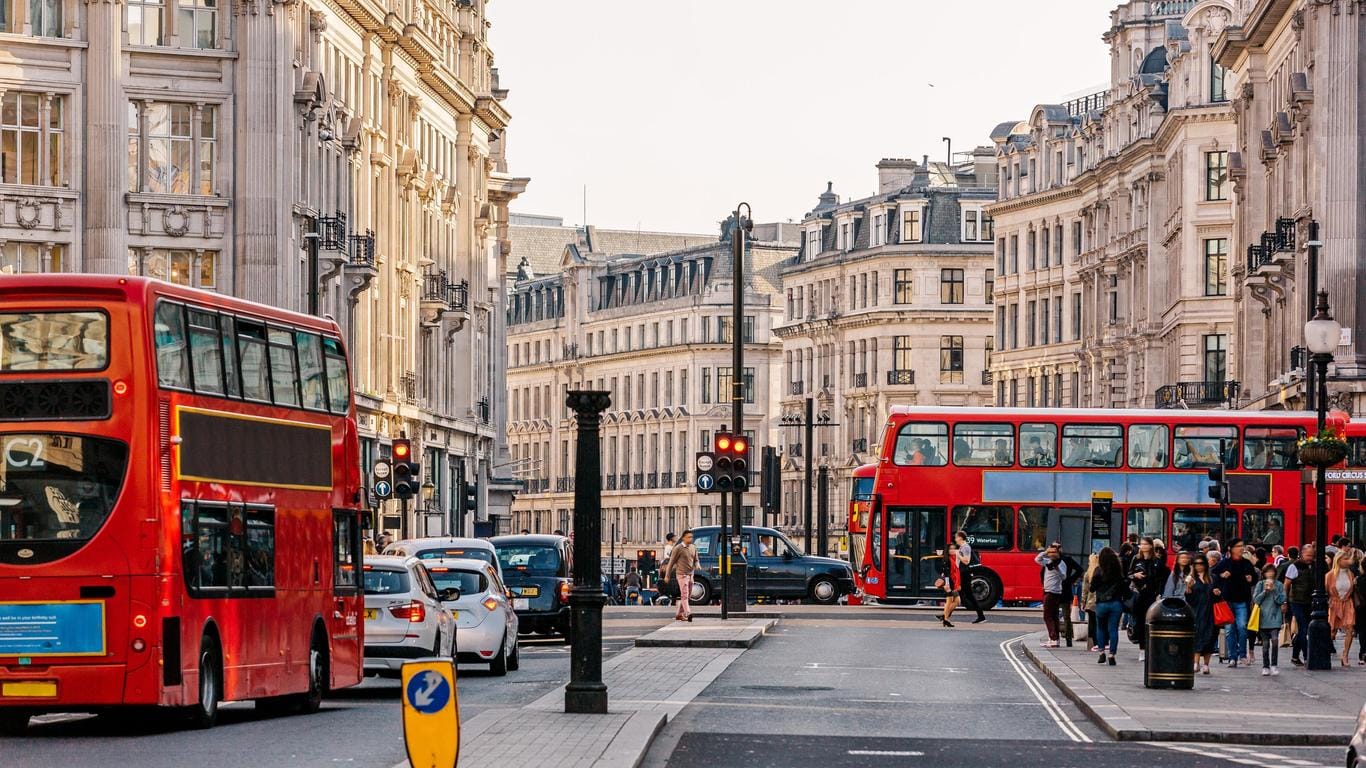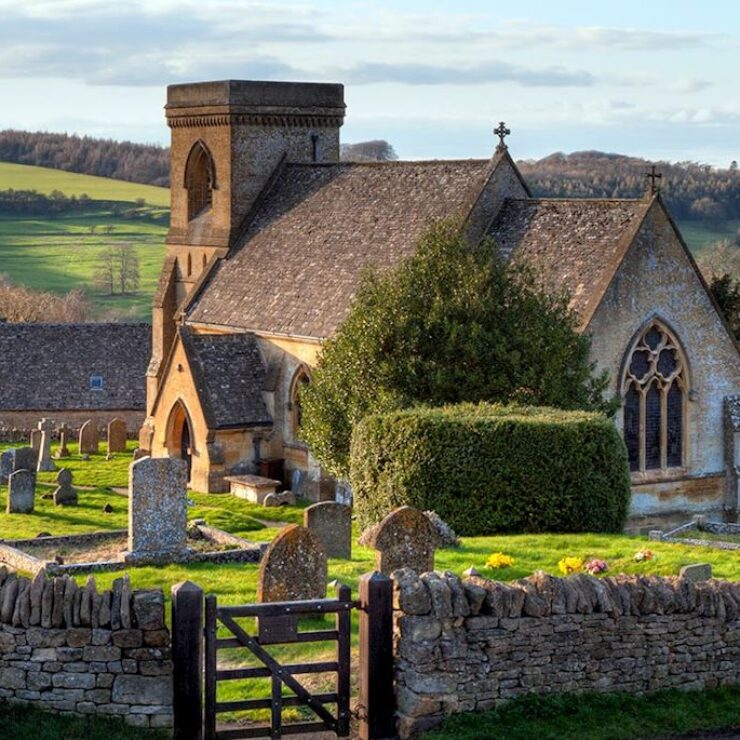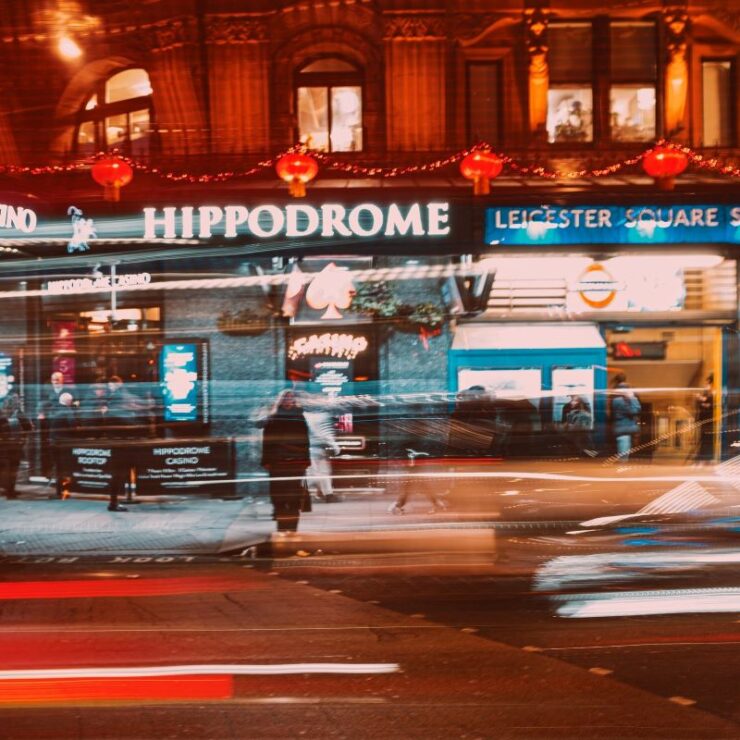Introduction: The Tapestry of London’s Transit System
London’s public transportation network is a masterpiece of urban mobility—a complex, historic, and remarkably efficient system that moves millions of people daily through one of the world’s most vibrant capitals. For first-time visitors, the iconic Underground map with its multicolored lines may seem as intimidating as it is fascinating. Yet understanding this network is the key to unlocking the city’s treasures, from the royal splendor of Buckingham Palace to the hidden gems tucked away in neighborhoods like Shoreditch or Greenwich.
This comprehensive guide will demystify London’s transportation options, helping you navigate the city like a seasoned Londoner rather than a bewildered tourist. We’ll explore the nuances of the Underground (affectionately known as the Tube), the charm of the double-decker buses, the convenience of the Docklands Light Railway, and much more. By the end, you’ll have the confidence to zip around London with ease, saving both time and money while maximizing your experience in this magnificent metropolis.
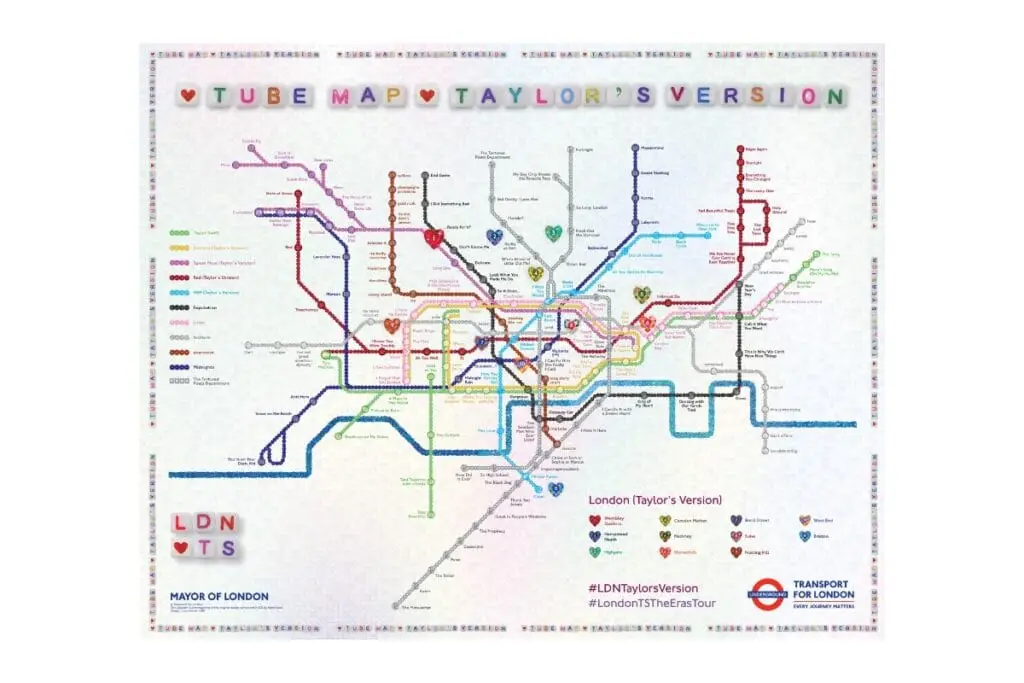
Understanding the Zones: London’s Concentric Universe
Before diving into specific transport modes, it’s essential to understand London’s zone system—the foundation of the city’s fare structure and a key to planning your journeys efficiently.
The Zone Map Explained
London’s public transport network is divided into nine concentric zones, with Zone 1 encompassing the central tourist areas (Westminster, Covent Garden, the City) and subsequent zones radiating outward like ripples in a pond. Most tourist attractions are located in Zones 1 and 2, while Heathrow Airport sits in Zone 6, and Gatwick Airport is beyond the zone system entirely.
This zonal division determines your fare—the more zones you cross, the more you pay. Understanding which zones you’ll be traveling through is crucial for selecting the most cost-effective ticket or pass for your stay.
Strategic Zone Planning
If you’re visiting London for several days, consider booking accommodation in Zones 1-2 for convenience, or Zones 3-4 for better value while maintaining reasonable access to the center. The money saved on accommodation in outer zones might be partially offset by higher transportation costs, so factor this into your calculations when planning your stay.
The Oyster Card: Your Passport to London Transit
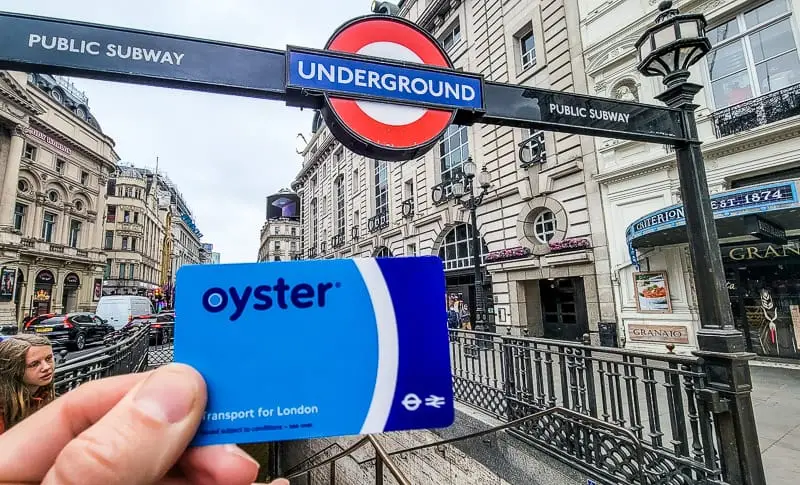
What Is an Oyster Card?
The Oyster card is a reusable, plastic smartcard that revolutionized London travel when introduced in 2003. It stores electronic tickets and money, allowing you to “tap in and out” at station barriers or on buses. The system automatically calculates the cheapest fare for your journey and applies daily and weekly caps to ensure you never pay more than necessary.
Visitor Oyster Card vs. Regular Oyster Card
Tourists can purchase a Visitor Oyster card online before arriving in London, which saves the £7 deposit required for a regular Oyster card. The Visitor card also offers discounts at selected restaurants, shops, and attractions. However, regular Oyster cards purchased in London have the advantage of being fully refundable (including the deposit) when you leave.
Contactless Payment: The Convenient Alternative
If your bank card features the contactless payment symbol, you can use it exactly like an Oyster card—simply tap in and out at barriers or card readers. This system applies the same fare caps as Oyster and eliminates the need to purchase a separate card or keep it topped up. Most American credit cards now work with this system, though it’s worth checking with your bank about foreign transaction fees before relying on this method.
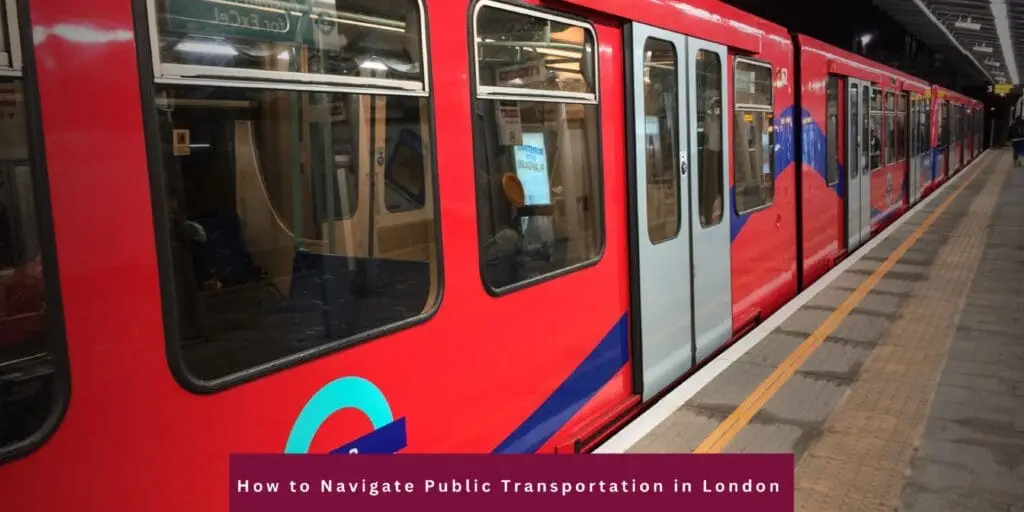
The London Underground: Mastering the Tube
A Brief History of an Icon
The London Underground holds the distinction of being the world’s oldest underground railway, with its first line opening in 1863. Today’s network comprises 11 lines covering 402 km (250 miles) and serving 272 stations. The system’s iconic map, designed by Harry Beck in 1931, is a masterpiece of information design that sacrifices geographic accuracy for clarity—a concept now copied by transit systems worldwide.
Navigating the Lines
Each Underground line has its own character and quirks:
- The Central Line (Red): A vital east-west artery connecting major shopping districts like Oxford Street and Westfield Stratford City.
- The Piccadilly Line (Dark Blue): Serves Heathrow Airport and tourist hotspots like Leicester Square, Piccadilly Circus, and the British Museum.
- The Northern Line (Black): Often called the “Misery Line” by locals due to its frequent crowding, it splits into two branches through central London.
- The Victoria Line (Light Blue): A deep-level line known for its speed and reliability, connecting major rail terminals like King’s Cross, Euston, and Victoria.
- The Jubilee Line (Silver): The newest deep tube line, featuring platform edge doors at newer stations and serving attractions like Westminster, London Bridge, and The O2.
- The Circle Line (Yellow): Loops around central London, serving many major attractions and rail terminals.
Tube Etiquette: Blending In With the Locals
To navigate the Tube like a Londoner:
- Stand on the right, walk on the left on escalators—perhaps the most sacred rule of London transport.
- Have your Oyster card or contactless payment ready before reaching the barriers to avoid causing a queue.
- Move down inside the carriage during rush hour rather than clustering near the doors.
- Offer your seat to those who need it more—pregnant women, elderly passengers, or those with mobility issues.
- Avoid loud conversations or phone calls—the Tube is generally a quiet space, especially during commuting hours.
Tube Survival Tips
- Mind the Gap: The famous announcement exists for a reason—at curved platforms, the gap between train and platform can be substantial.
- Rush Hour: Avoid traveling between 8:00-9:30 AM and 5:00-6:30 PM weekdays if possible.
- Last Trains: The Tube is not a 24-hour service except on certain lines on Friday and Saturday nights. Check the last train time if you’re out late—they typically run until around midnight.
- Night Tube: On Fridays and Saturdays, the Victoria, Jubilee, and most of the Central, Northern, and Piccadilly lines operate all night at 10-15 minute intervals.
- Tube Closures: Weekend engineering works frequently affect service. Always check the Transport for London (TfL) website or app before traveling, especially on weekends.
London Buses: The Scenic Route
Advantages of the Bus Network
While the Tube might be faster, London’s buses offer numerous advantages:
- Sightseeing Potential: Sitting on the top deck of a double-decker bus provides unparalleled views of London’s architecture and streetscapes.
- Comprehensive Coverage: Buses reach many areas not served by the Underground, particularly in South London.
- Hopper Fare: Introduced in 2016, this allows unlimited bus journeys within one hour for the price of a single fare (£1.75).
- Accessibility: All London buses are wheelchair accessible, with dedicated spaces and ramps.
Navigating the Bus System
- Finding Your Stop: Bus stops display route numbers, destinations, and often electronic countdown displays showing waiting times.
- Boarding: Unlike in many countries, you must signal to the driver if you want the bus to stop, even if waiting at a bus stop that serves multiple routes.
- Payment: Tap your Oyster or contactless card on the yellow reader when boarding. Cash is not accepted on London buses.
- Requesting Stops: Press the red “Stop” button when approaching your destination.
Iconic Bus Routes for Tourists
- Route 9: Travels through Kensington, Knightsbridge, Piccadilly Circus, and Trafalgar Square—perfect for sightseeing.
- Route 11: Passes Westminster Abbey, Houses of Parliament, Trafalgar Square, St. Paul’s Cathedral, and Bank.
- Route 15: Serves the Tower of London, St. Paul’s Cathedral, and Trafalgar Square.
- Route 24: Connects Camden Town, Leicester Square, Trafalgar Square, and Westminster.
- RV1: A riverside route passing Tower Bridge, Borough Market, and the Tate Modern.
The Docklands Light Railway (DLR): East London’s Automated Marvel
What Makes the DLR Special
The Docklands Light Railway is an automated, driverless light metro system serving East London, particularly the redeveloped Docklands area. Its elevated tracks offer excellent views of the city’s modern architecture and the River Thames.
Tourist Highlights
- Canary Wharf: London’s futuristic financial district with impressive skyscrapers and underground shopping malls.
- Greenwich: Home to the Royal Observatory, the Prime Meridian, and the Cutty Sark historic ship.
- ExCeL Exhibition Centre: Host to major events and conventions throughout the year.
- London City Airport: A convenient airport for business travelers, served directly by the DLR.
DLR Tips
- For the best views, sit at the very front of the train—since there’s no driver, passengers can enjoy the forward-facing windows.
- Remember to tap in and out with your Oyster or contactless card, as DLR stations often have open platforms without barriers.
- The DLR uses the same fare structure as the Tube and is included in daily and weekly caps.
London Overground: The Orange Network
Connecting the Suburbs
The London Overground (recognizable by its orange color on maps) is a suburban railway network that forms a rough ring around central London, connecting areas not served by the Underground. It’s fully integrated into the TfL network, using the same fare structure and Oyster/contactless payment system.
Key Destinations
- Shoreditch High Street: Gateway to trendy East London with its markets, street art, and vibrant nightlife.
- Camden Road: Near the famous Camden Market and Camden Lock.
- Kew Gardens: Access to London’s magnificent botanical gardens.
- Hampstead Heath: Connection to one of London’s most beautiful parks with panoramic views of the city.
River Services: Thames Clippers
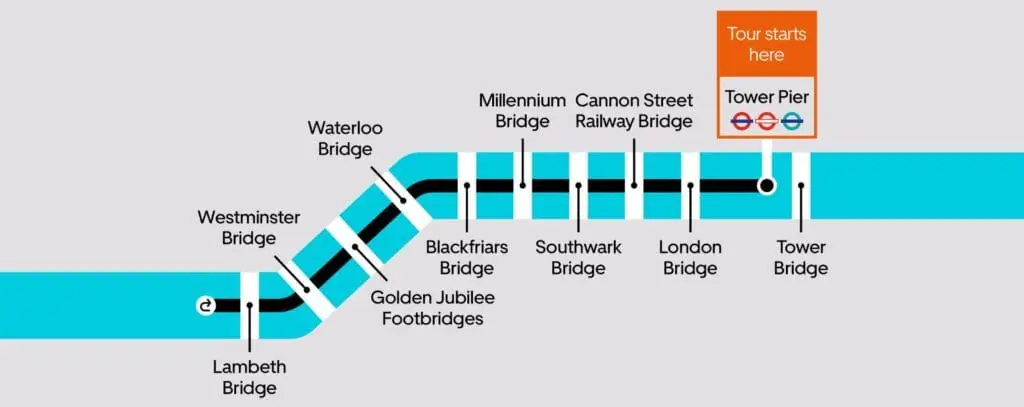
Commuting with a View
Thames Clippers operate regular river bus services along the Thames, from Putney in the west to Woolwich in the east. While primarily used by commuters, these boats offer tourists a unique perspective of London’s riverside landmarks.
Using River Services
- Oyster cards are accepted with a 10% discount on the standard fare.
- Major piers include Westminster, London Eye, Embankment, Tower, Greenwich, and North Greenwich (for The O2).
- Services run approximately every 20 minutes during peak times.
- The central section between Westminster and Tower is particularly scenic, passing under numerous bridges and alongside major attractions.
Santander Cycles: London’s Bike Sharing Scheme
How the System Works
Popularly known as “Boris Bikes” (after former Mayor Boris Johnson who was in office when they launched), these public rental bicycles are available from hundreds of docking stations across central London.
- Hire costs £2 for unlimited journeys up to 30 minutes within a 24-hour period.
- Additional charges apply for journeys longer than 30 minutes.
- You’ll need a credit or debit card to release a bike from the docking station.
Cycling Safety in London
- London has improved its cycling infrastructure significantly in recent years, with dedicated cycle superhighways on many major routes.
- Remember that traffic drives on the left in the UK.
- Consider downloading the Santander Cycles app, which shows bike availability and can generate routes that favor quieter streets.
- Helmets are not provided with the bikes, though wearing one is recommended.
Black Cabs and Ride-Hailing Apps
The Iconic Black Cab
London’s black taxis are famous worldwide, and their drivers undergo the rigorous “Knowledge” test, requiring them to memorize thousands of streets and routes across the city.
- Hail a cab by raising your hand when its yellow “TAXI” sign is illuminated.
- All black cabs accept credit cards and contactless payments.
- Tipping is customary but not mandatory—around 10% is standard.
- Black cabs are the only taxis that can be hailed on the street in London; all other services must be pre-booked.
Ride-Hailing Options
- Uber operates extensively in London, often at lower prices than black cabs.
- Bolt and FREE NOW are popular alternatives that sometimes offer competitive rates.
- Addison Lee is a premium pre-booked service with fixed fares.
Accessibility Considerations
Navigating London with Mobility Challenges
TfL has made significant efforts to improve accessibility, though the age of much of London’s infrastructure presents challenges:
- All buses and trams are wheelchair accessible.
- The DLR is fully step-free at all stations.
- Only about 30% of Tube stations offer step-free access—check the TfL accessibility map before planning journeys.
- Staff assistance is available at all Tube stations—don’t hesitate to ask for help.
- The TfL Access Service can provide journey planning assistance by phone or email.
Money-Saving Strategies for London Transport
Daily and Weekly Capping
When using Oyster or contactless payment, your fares are automatically capped at the following levels:
- Daily cap: Approximately £7.70 for Zones 1-2 travel
- Weekly cap: Approximately £38.40 for Zones 1-2 travel
These caps mean you’ll never pay more than the price of a Day Travelcard or Weekly Travelcard, regardless of how many journeys you make.
Off-Peak Travel
Travel outside peak hours (before 6:30 AM, between 9:30 AM and 4:00 PM, and after 7:00 PM) to benefit from reduced off-peak fares.
Railcards and Discounts
- Visitor Oyster cards offer discounts on river services and the Emirates Air Line cable car.
- Railcards (including the 16-25, 26-30, Senior, and Two Together cards) can be linked to your Oyster card for a 34% discount on off-peak fares.
- Group Day Travelcards offer savings for families or groups traveling together on weekends and public holidays.
Essential Apps and Resources
Must-Have Apps for London Transport
- Citymapper: Perhaps the most comprehensive journey planning app, offering real-time information and comparing multiple route options.
- TfL Go: Transport for London’s official app provides real-time arrivals, journey planning, and service updates.
- Google Maps: Reliable for basic navigation and includes real-time public transport information.
- Tube Map: A simple, offline-capable map of the London Underground.
Online Resources
- Transport for London website (tfl.gov.uk): The official source for service updates, journey planning, and fare information.
- National Rail Enquiries (nationalrail.co.uk): Essential for planning journeys to destinations outside London or using National Rail services within the city.
From the Airports to Central London
Heathrow Airport (LHR)
- Tube: The Piccadilly Line connects all terminals to central London (approximately 50-60 minutes to Piccadilly Circus).
- Heathrow Express: A premium non-stop train service to Paddington Station (15 minutes).
- TfL Rail: A slower but cheaper train service to Paddington (30-35 minutes).
- Bus: The N9 night bus connects Heathrow to central London when the Tube isn’t running.
Gatwick Airport (LGW)
- Gatwick Express: Non-stop trains to Victoria Station (30 minutes).
- Southern and Thameslink: Regular trains to Victoria, London Bridge, and St. Pancras stations (35-45 minutes).
Stansted Airport (STN)
- Stansted Express: Trains to Liverpool Street or Tottenham Hale stations (45-50 minutes).
- National Express: Coach services to various London locations.
Luton Airport (LTN)
- Thameslink: Trains from Luton Airport Parkway station (reached by shuttle bus) to St. Pancras, Farringdon, and other central stations (40-60 minutes total).
London City Airport (LCY)
- DLR: Direct services to Bank and Tower Gateway stations (22-30 minutes).
Seasonal Considerations and Special Events
Tourist Seasons and Transport Impact
- Summer (June-August): The busiest tourist season with crowded public transport, especially on routes serving major attractions.
- Christmas Period: Oxford Street and central shopping areas become extremely busy; consider alternative routes.
- New Year’s Eve: Special all-night services run, but many central stations operate entry-only or exit-only systems due to crowds.
Major Events
During events like Notting Hill Carnival, London Marathon, or major football matches, certain stations may be exceptionally crowded or even closed. Always check TfL’s website for special travel advice during these times.
Hidden Gems and Local Knowledge
Secret Shortcuts and Alternative Routes
- Use the Waterloo & City Line (known as “The Drain”) for the quickest connection between Waterloo and Bank stations.
- At Green Park station, the “secret tunnel” between the Jubilee and Victoria lines saves time compared to following the standard signage.
- Walking between Covent Garden and Leicester Square takes just 4 minutes above ground but can take longer on the Tube due to crowded platforms and elevator waits.
Scenic Walking Routes
Sometimes the best way to navigate London is on foot, especially between nearby attractions:
- The walk from Westminster to Tower Bridge along the South Bank offers unparalleled views of London’s skyline.
- Exploring the hidden passages of The City reveals medieval churches and Roman ruins tucked between modern skyscrapers.
- The canal towpath from Little Venice to Camden offers a peaceful alternative to the busy streets above.
Conclusion: Embracing London’s Transport as Part of the Experience
London’s transportation network is more than just a means to get from A to B—it’s an integral part of the city’s identity and history. From the art deco splendor of stations like Arnos Grove to the ultra-modern architecture of Canary Wharf, each journey can be an experience in itself.
By understanding how to navigate this comprehensive system efficiently, you’ll not only save time and money but also gain a deeper appreciation for how Londoners live and move through their remarkable city. Whether you’re gliding along the Thames on a river bus, watching the cityscape unfold from the top deck of a red double-decker, or joining the orderly rush of commuters on the Tube, you’re participating in a daily ritual that has defined London for generations.
So tap in with confidence, mind the gap, and prepare to discover London as the locals do—one journey at a time.

